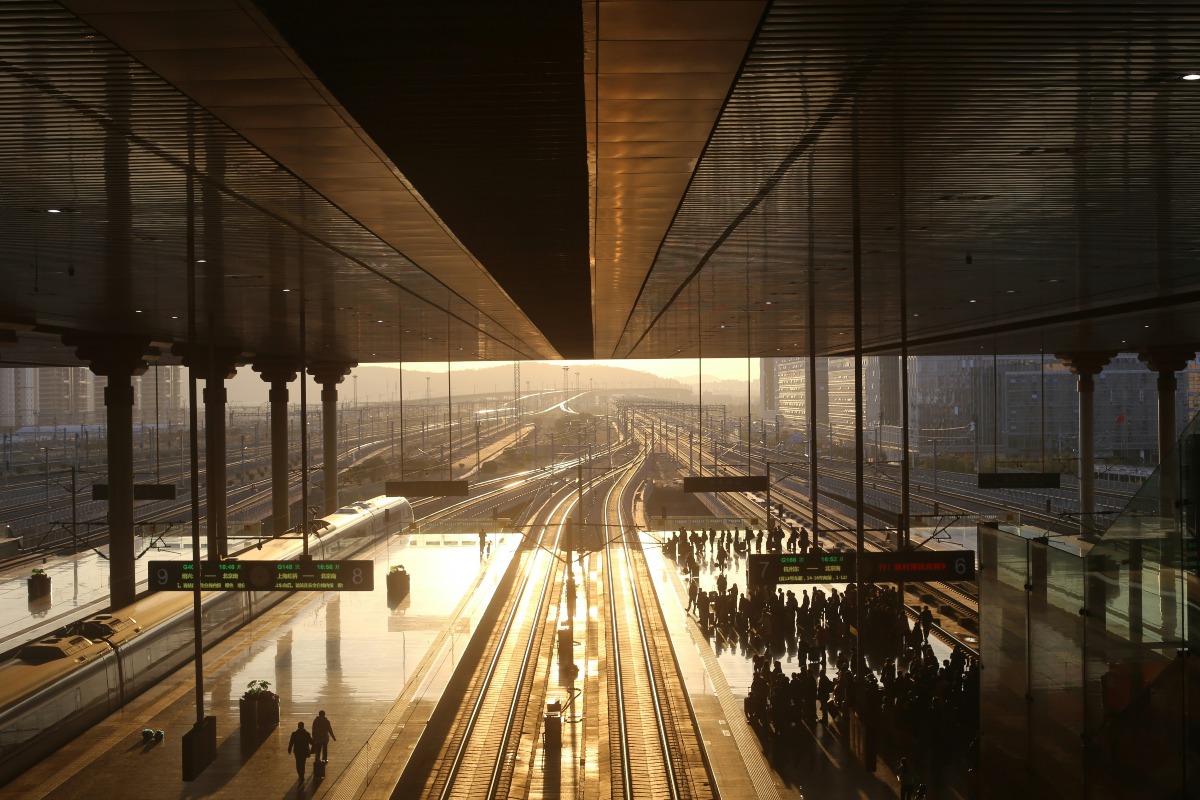The construction of the Nanjing North Railway Station in eastern China will begin a new chapter in the country’s expansive railway network. However, the station’s unveiling has roused a whirlwind of online discourse. Not for its anticipated efficiency or technological advancements but for its unconventional design, which has stirred public opinion.
Nanjing North Railway Station is expected to begin construction in the first half of 2024. The station is said to be inspired by the natural beauty of Nanjing, Jiangsu Province’s capital. Officials claim the design emulates the flowing grace of the Yangtze River and the delicate bloom of flowers. Nanjing is celebrated for its plum blossoms that erupt each spring, heralding nature’s reawakening.
Public Reception
Nevertheless, the public’s reception of the design has been less than blooming. Shortly after the design renderings were released earlier this month, commentary on Weibo, China’s leading social media platform, diverged sharply from the designers’ intentions. Instead of seeing a tribute to the region’s famed floral emblem, many netizens likened the structure’s appearance to that of a maxi pad. The comparison has since proliferated through social media. Since then, there has been a mix of humor and skepticism about the appropriateness of the design.
According to CNN, one commenter quipped, “Nanjing North Station modeling renderings resemble sanitary pad. This shape will make people think. Do people feel like they’re leaking out when they exit the station?”
Another used wit to address the design, suggesting that the station’s ‘wings’ are there to “protect Nanjing” and could “stem any heavy flow (of crowds).”
Nanjing North Railway Station, the new version of the fairy tale "The Emperor's New Clothes", the design takes the idea of plum blossom?
— Wind Lamp風中燈 (@laguizhong) April 14, 2024
南京北站,新版童话《皇帝的新装》,设计取意梅花,梅花表示很无辜,推友们认为它像什么?#南京 #北站 #梅花 #设计 pic.twitter.com/dKonY0xROj
This isn’t the first time architecture has become a subject of public debate in China. The country’s rapid modernization has given rise to a variety of buildings with bold designs. From the CCTV Headquarters in Beijing, often nicknamed ‘The Big Pants,’ to the teapot-shaped building in Wuxi. And so the Nanjing North Railway Station is the latest to join the ranks of architectural endeavors that challenge traditional aesthetics and incite public discourse. Its unique design and the controversy it has sparked make it a fascinating addition to China’s architectural landscape, inviting further exploration and discussion.
The controversy raises important questions about the role of public opinion in architecture. Should architects and city planners prioritize functionality and innovation over public sentiment? Or does the criticism reflect a more profound need for cultural representation and sensitivity in design? As China continues to expand its infrastructure, the balance between avant-garde architecture and public approval is an ever-evolving conversation.
